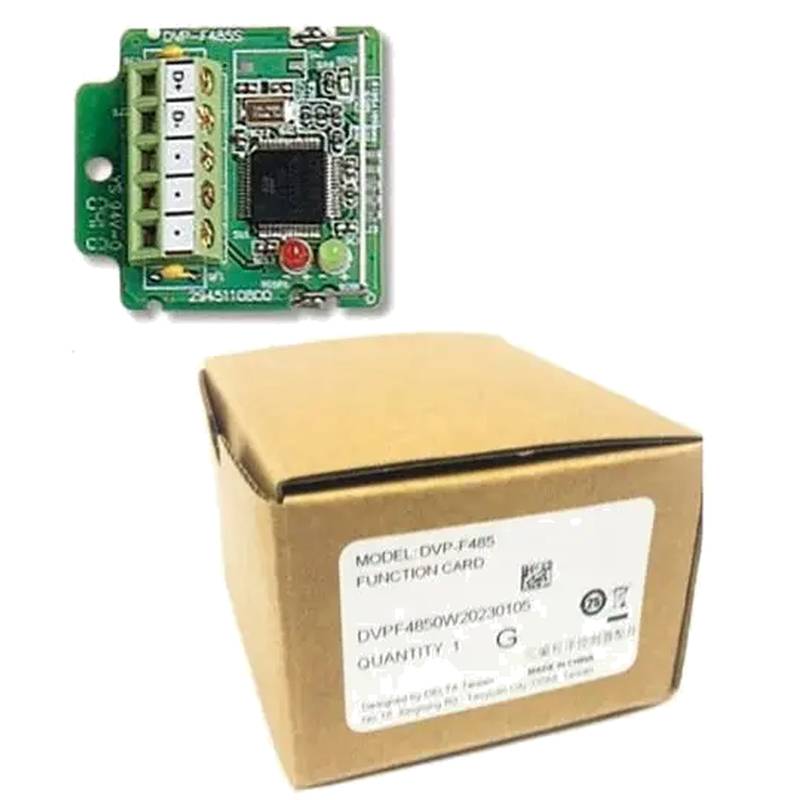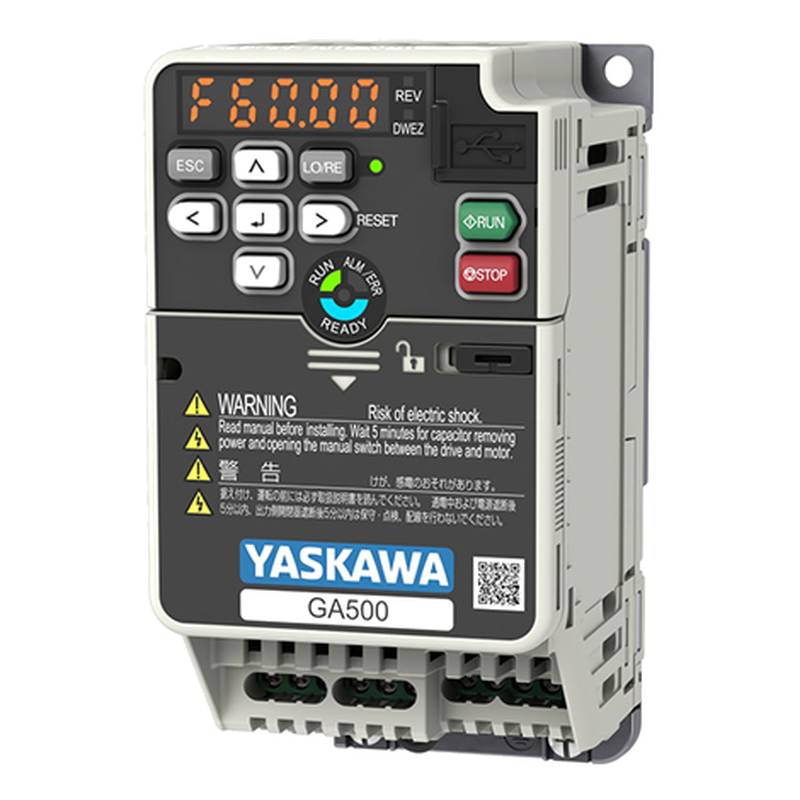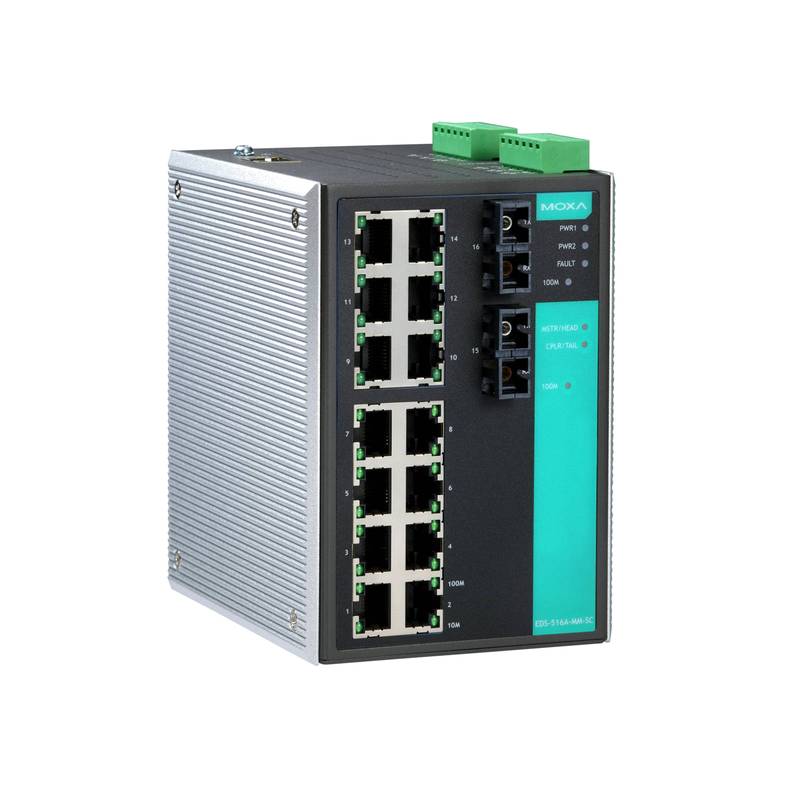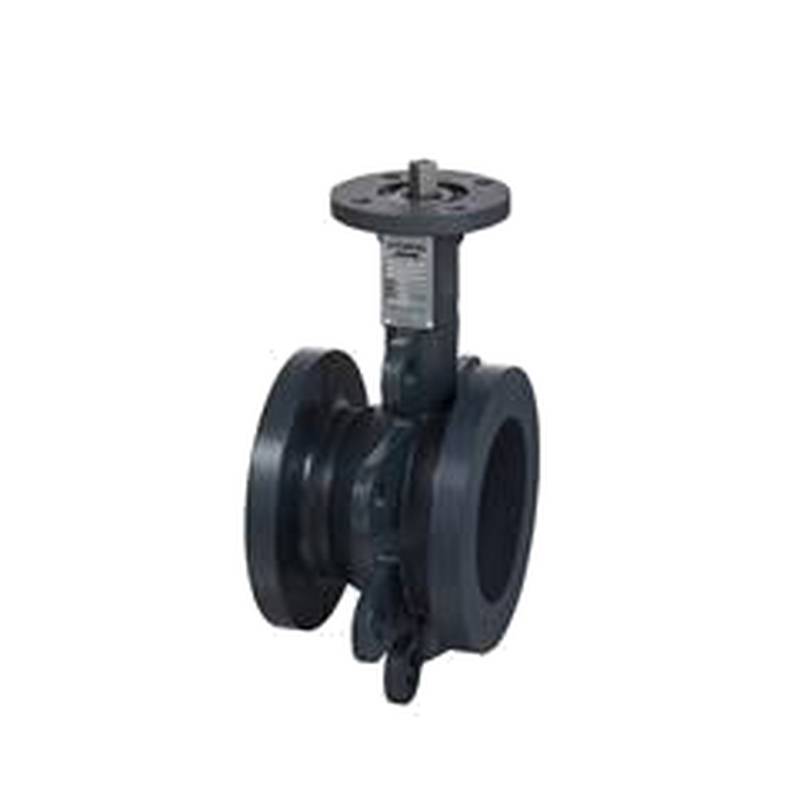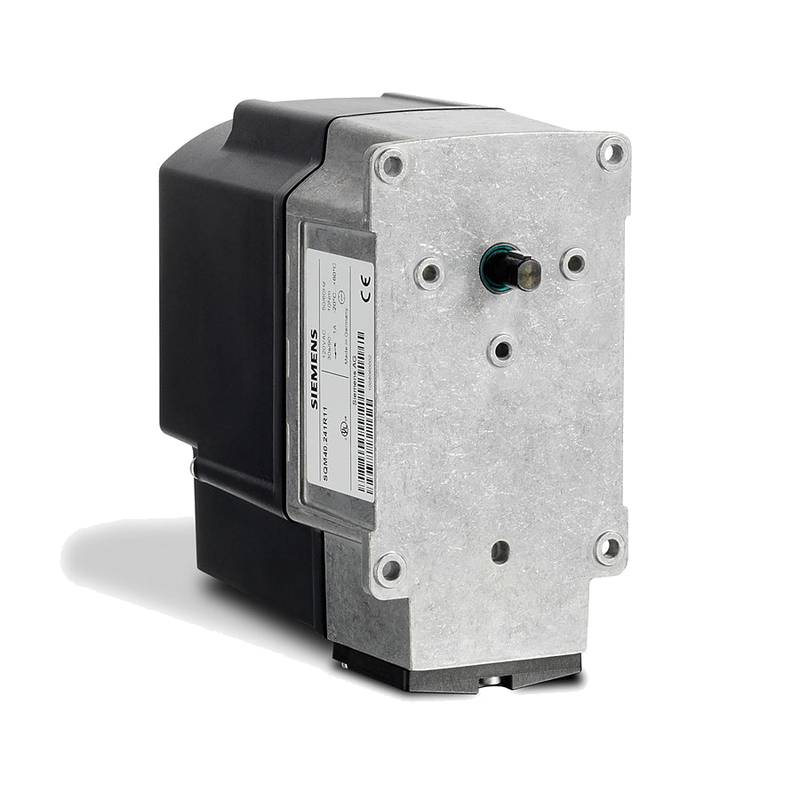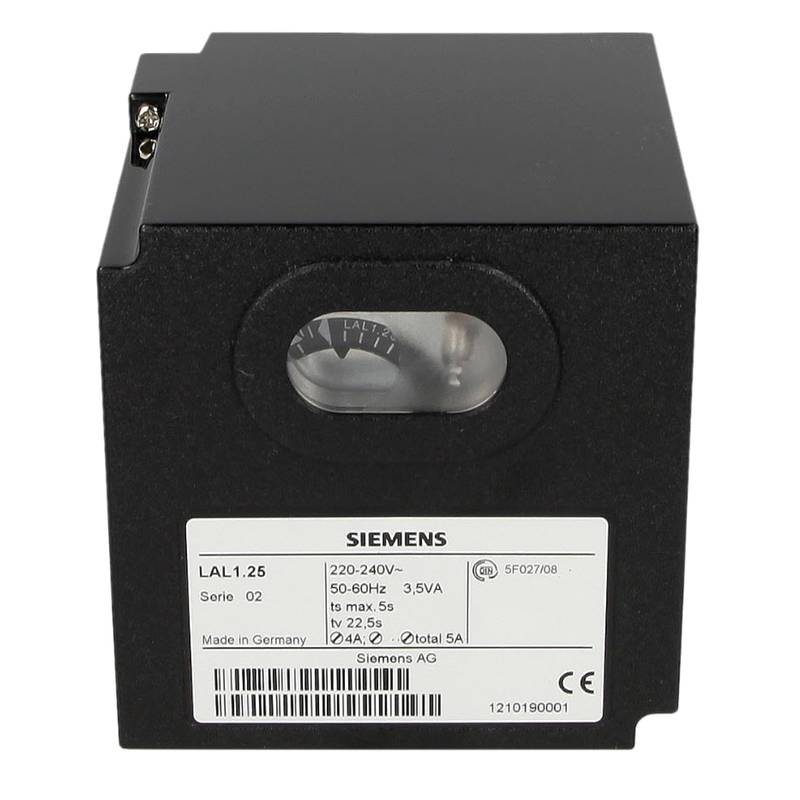
The Delta DVP-F485 Serial Communication Expansion Module is engineered to bridge the gap between Delta's DVP programmable logic controllers (PLCs) and various industrial serial communication networks, primarily focusing on RS-485. This module is pivotal for extending the connectivity and data acquisition capabilities of DVP series PLCs, enabling seamless integration into diverse industrial automation systems. Key advantages include robust serial communication support, enhanced data exchange efficiency, and reliable network interfacing, making it an indispensable component for modern industrial control. Technical specifications highlight its operational voltage, communication protocols, and physical dimensions, crucial for system designers and integrators.
Product Specifications
| Feature | Specification |
| :---------------------- | :-------------------------------------------------- |
| Model | DVP-F485 |
| Function | Serial Communication Expansion Module |
| Primary Interface | RS-485 |
| Supported Protocols | Modbus RTU/ASCII, ASCII, Custom Baud Rates |
| Baud Rate | 300 bps to 115.2 kbps |
| Data Bits | 7 or 8 |
| Stop Bits | 1 or 2 |
| Parity | None, Even, Odd |
| Connection Type | Screw Terminals |
| Power Consumption | Typically < 0.5W |
| Operating Temperature | 0°C to 60°C (32°F to 140°F) |
| Storage Temperature | -40°C to 70°C (-40°F to 158°F) |
| Dimensions (W x H x D) | Varies by specific DVP series compatibility (refer to datasheet) |
| Mounting | DIN rail or direct mounting on compatible PLCs |
Core Features & Market Positioning
The Delta DVP-F485 distinguishes itself by offering reliable and high-speed RS-485 communication, a cornerstone for many industrial fieldbuses. Its ability to seamlessly integrate with the widely adopted Delta DVP PLC series positions it as a cost-effective and efficient solution for expanding PLC communication capabilities. Unlike generic communication modules, the DVP-F485 is specifically optimized for Delta's ecosystem, ensuring robust performance and simplified configuration. This focus on deep integration within a proven PLC platform provides users with enhanced reliability and reduced integration complexity compared to third-party solutions. The module's versatility in supporting various serial communication parameters, including custom baud rates, allows it to interface with a broad spectrum of legacy and modern industrial devices.
Key Application Scenarios
This expansion module is critical for applications requiring precise data exchange between a DVP PLC and devices utilizing RS-485 serial interfaces. Common scenarios include connecting to variable frequency drives (VFDs) for motor control and speed monitoring, integrating with temperature and pressure sensors for environmental monitoring, and communicating with barcode scanners or other identification systems on production lines. It is also instrumental in building networked control systems where multiple devices need to share information over a single serial bus. Industries such as manufacturing, building automation, and process control frequently leverage the DVP-F485 to establish robust communication links for data acquisition and supervisory control.
Practical System Integration Guidance
Integrating the Delta DVP-F485 module into a DVP PLC system is a straightforward process. The module typically attaches directly to a compatible DVP PLC's expansion port, requiring no additional power supply beyond that of the PLC itself. Wiring involves connecting the RS-485 (A+, B-) and ground terminals to the corresponding terminals on the target serial device. Configuration is primarily handled through the PLC's programming software, such as Delta's ISPSoft. Users will need to define the communication parameters (baud rate, data bits, parity, stop bits) in the PLC program to match the settings of the connected serial device. Specific communication instructions, like 'MODBUS' or 'RS' commands within the PLC program, are used to send and receive data. Ensuring proper termination resistors (typically 120 ohms) are used at both ends of the RS-485 bus is crucial for signal integrity in longer cable runs.
Operation and Risk Mitigation
The DVP-F485 operates by enabling the DVP PLC to act as a master or slave device on an RS-485 network. As a master, it initiates communication requests to slave devices; as a slave, it responds to requests from a master. Critical operational considerations include ensuring the correct wiring of the RS-485 differential pair (A and B lines) to avoid communication errors. Reversing these lines will result in a lack of communication. Over-voltage protection on the communication lines is advisable in electrically noisy environments to prevent damage to the module or connected devices. When troubleshooting, verify that the baud rate, data format, and slave addresses are correctly configured on both the PLC and the connected serial devices. A common fault is bus contention, which occurs if multiple devices attempt to transmit simultaneously; this can be mitigated by implementing robust communication protocols and arbitration logic in the PLC program.
Scalability & Long-Term Value
The Delta DVP-F485 offers significant scalability by allowing multiple communication modules to be added to compatible DVP PLC base units, expanding the PLC's ability to interface with numerous serial devices simultaneously. Its compatibility with the extensive DVP series ensures that it can be integrated into existing Delta automation architectures, protecting previous investments. Furthermore, the DVP-F485’s ability to communicate using standard protocols like Modbus facilitates its integration into larger Industrial Internet of Things (IIoT) frameworks. By enabling reliable serial data acquisition, it serves as a foundational element for building more sophisticated digital solutions, allowing for enhanced data analysis, remote monitoring, and predictive maintenance strategies.
FAQs
What is the primary function of the Delta DVP-F485?
The Delta DVP-F485 serves as an expansion module for Delta DVP PLCs. It specifically enables serial communication capabilities, primarily utilizing the RS-485 interface. This allows PLCs to connect with a wide range of industrial devices that communicate via serial protocols.
This module is essential for extending the reach of a PLC's control and data acquisition system. It facilitates seamless integration with equipment like drives, sensors, and other automation components that rely on serial communication for operation and data exchange. Its design ensures compatibility within the Delta DVP ecosystem for reliable performance.
The core advantage lies in its ability to bridge the gap between the PLC's internal processing and external serial networks. This is crucial for modernizing older equipment or building new systems that require robust serial data transmission and reception capabilities.
How do I configure the baud rate and communication parameters on the DVP-F485?
Configuration of the DVP-F485's communication parameters is performed within the PLC programming software, such as Delta's ISPSoft. You will need to select the appropriate communication instruction and define the baud rate, data bits, parity, and stop bits. These settings must precisely match the requirements of the serial device the module is communicating with.
The specific communication parameters are typically set in a dedicated communication configuration block or through specific function blocks within the PLC program. Ensure that you consult the DVP PLC's programming manual and the manual for the connected serial device for correct settings. Common baud rates include 9600, 19200, and 115200 bps, but the module supports a wide range.
Accurate parameter matching is critical for successful serial communication. Any discrepancy will lead to data corruption or a complete lack of communication between the PLC and the serial device. Double-check all settings before attempting to establish communication.
What are the common troubleshooting steps for RS-485 communication issues with the DVP-F485?
Begin by verifying the physical wiring of the RS-485 lines (A+, B-, and Ground). Ensure that A is connected to A and B to B on both ends of the communication link. Incorrect polarity is a frequent cause of communication failure. Also, confirm that the termination resistors (typically 120 ohms) are correctly installed at both ends of the bus if the cable run is significant.
Next, meticulously check the software configuration within the PLC program. Confirm that the baud rate, data bits, parity, and stop bits set for the DVP-F485 module precisely match the settings of the connected serial device. Verify that the slave address configured in the PLC program is correct and unique if multiple devices are on the bus.
If communication still fails, consider the communication distance and the quality of the cabling. RS-485 has limitations on distance, which can be affected by signal noise. Test communication with a shorter cable or in a different environment to rule out environmental interference. Ensure the PLC program is correctly executing the communication instructions.














